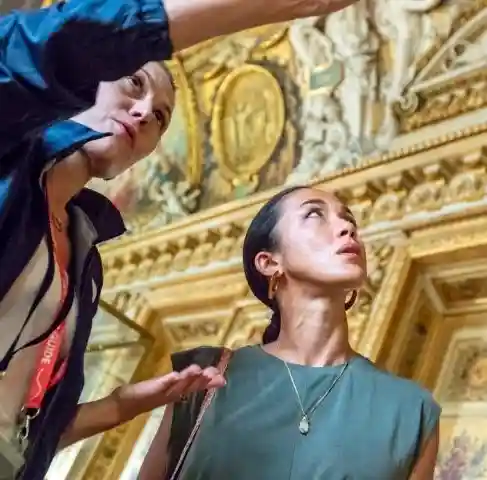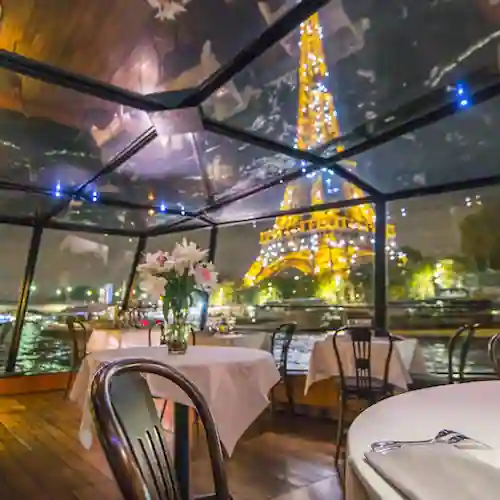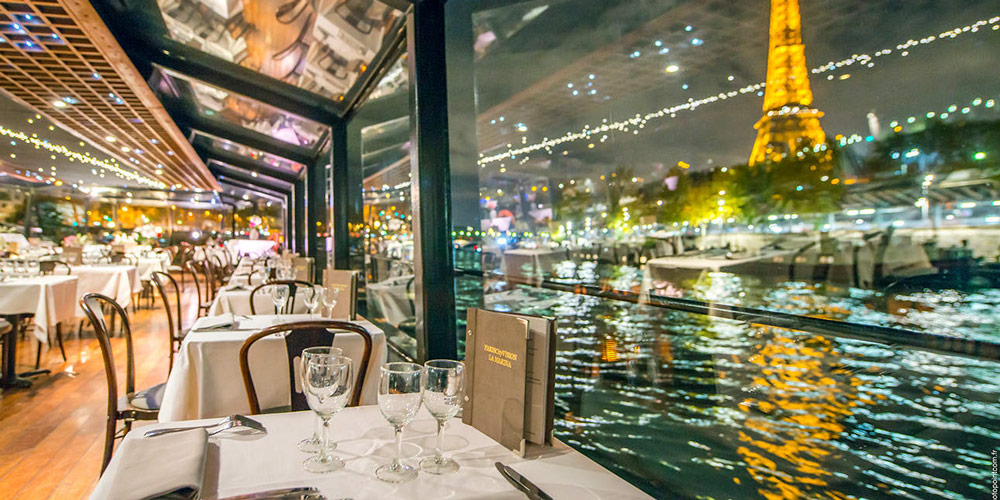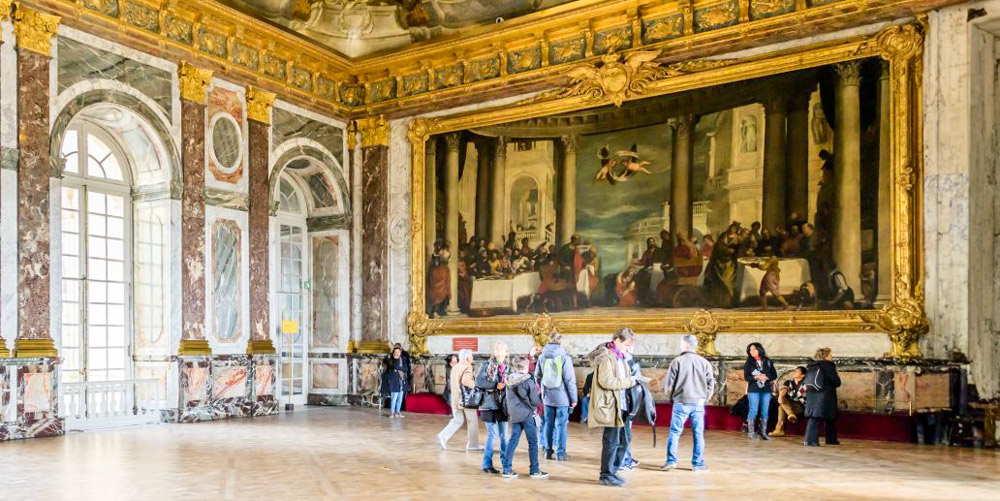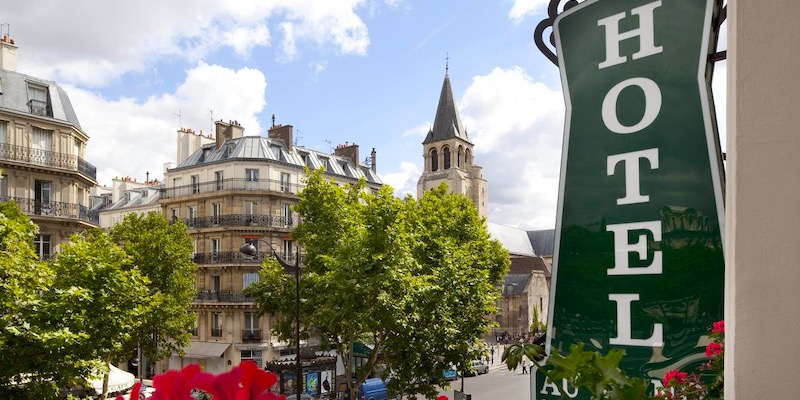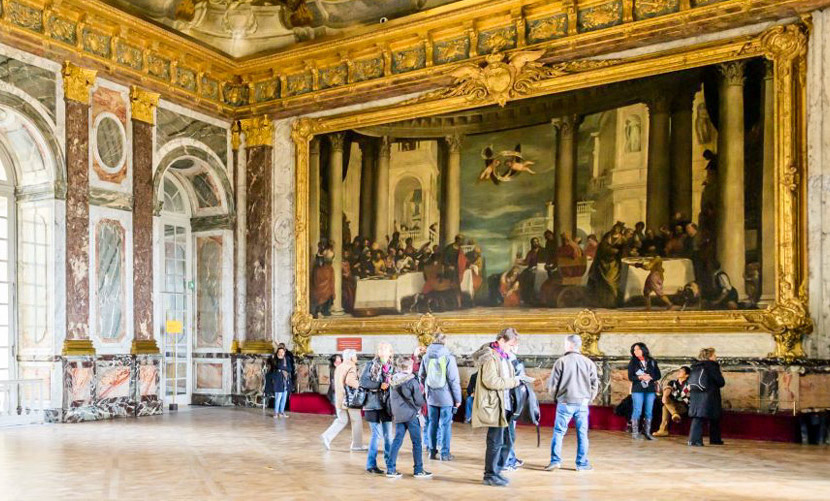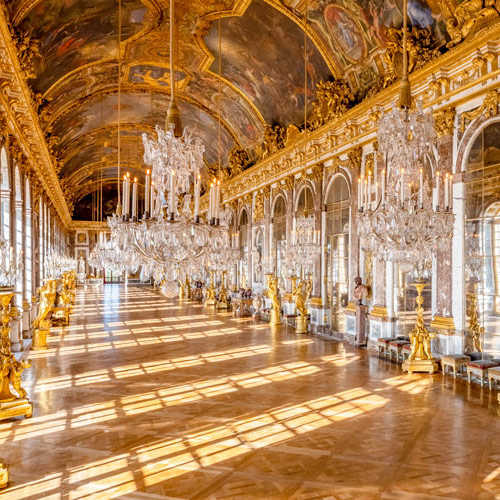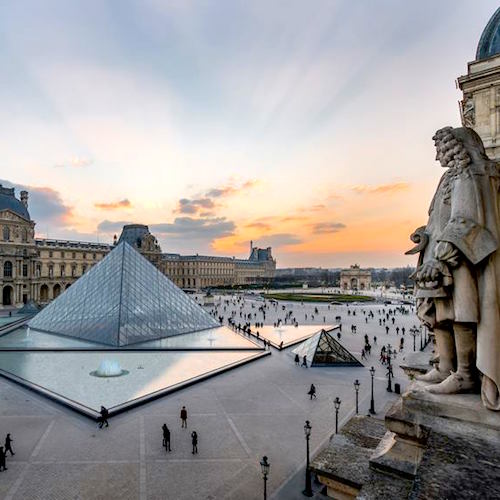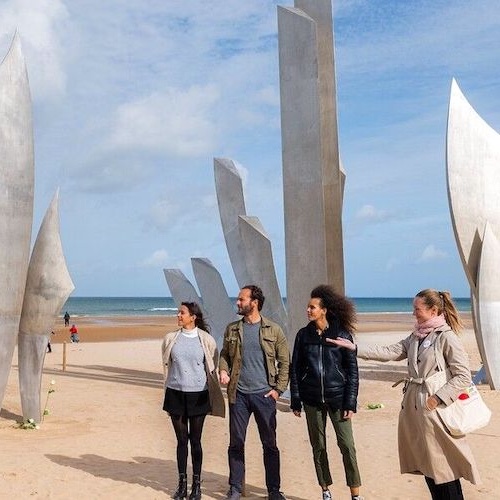6 Historic Clocks Of Paris – Keeping Time In A Timeless City
6 Historic Clocks Of Paris
One of the things we love most about visiting Paris again and again is the chance to specialize, to drill deep into a fascinating aspect of the French capital. We've explored the pedestrian bridges, the waterfalls of Paris, even where to see animals. Right now, though, we're thinking about time, and the public clocks that keep track of it.
Clocks themselves date back to the Middle Ages, but it wasn't until the 19th century that planners and architects commonly began to install them in buildings, often in dedicated clock towers. Time is important to trains, so the new gares were obvious places for clocks to appear. Other public buildings like schools and government offices soon followed. (Remember, it wasn't until the 20th century that pocket watches became popular, so travelers and workers had to rely on public clocks.) Paris was a bit ahead of the timepiece trend with its oldest public clock dating from the 14th century. It's still ticking.
![]()
Discover What's On When You're Here...
• January... |
• February... |
• March... |
• April... |
• May... |
• June... |
• July... |
• August... |
• September... |
• October... |
• November... |
• December... |
Discover What's On When You're Here
• January...
|
• February... |
• March... |
|---|---|---|
• April... |
• May... |
• June... |
• July... |
• August... |
• September... |
• October... |
• November... |
• December... |
1. Tour de l'Horloge, La Conciergerie
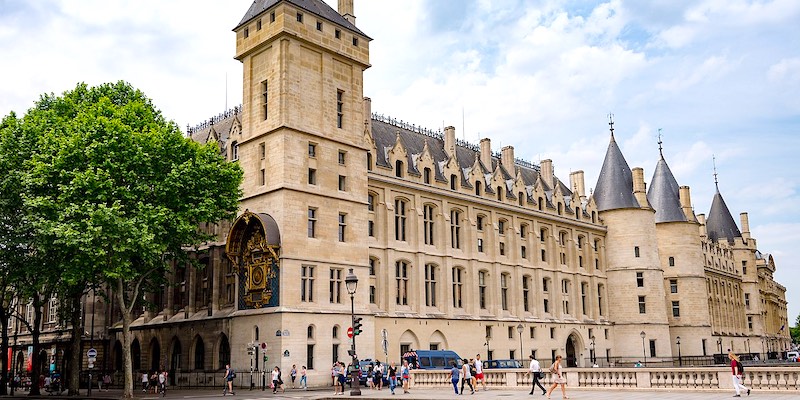 La Conciergerie, showing l'horloge de la tour, photo Wikimedia by xiquinhosilva
La Conciergerie, showing l'horloge de la tour, photo Wikimedia by xiquinhosilva
In the early modern era Parisians, indeed all Europeans, relied on the churches to keep track of time, which is one reason why bell towers still chime out the hour. In 137O French king Charles V used the muscle of the monarch to install the city's first public clock.
At the time, the center of royal power in France was the Palais de la Cité;, the home of the French kings on Île de la Cité;. In an existing tower on the northeast corner of La Conciergerie a clockmaker from Lorraine named Henri de Vic built the first clock to run on king time, not on priest time. Unlike most subsequent public clocks, l'horloge de la tour isn't placed high on the tower, but at the second-story (US) level.
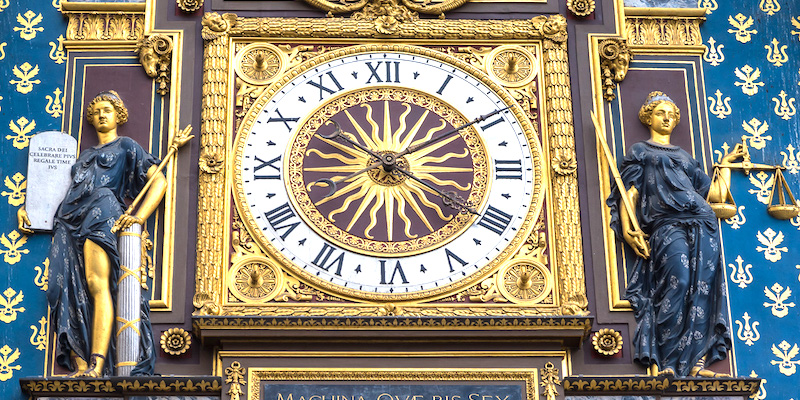 Tour de l'Horloge detail, photo Ville de Paris
Tour de l'Horloge detail, photo Ville de Paris
Over the centuries l'horloge was periodically improved and beautified. A bell was installed in 1371 and it may not have been until 1418 that the clock was fitted with an exterior dial. The ornate figures and decorative background were added over the years. In 2012 the clock was restored to its historic splendor, reflecting the 17th-century version. (If you're interested here is what the clock looked like in 2009, before restoration.)
Beneath the dial is the inscription, machina quae bis sex tam Juste dividit horas justitiam servare monet legesque killi, or, "this machine, which divides the twelve hours so precisely, teaches to protect justice and defend the laws".
- 1 Boulevard du Palais, at Quai de l'Horloge
- Île de la Cité
- 1st Arrondissement
![]()
|
Paris Dinner Cruises on the Seine Dine in style as you glide past the Eiffel Tower, Notre-Dame, and the Louvre on a magical Seine River cruise. Gourmet food, champagne, and Paris lit up at night – it’s unforgettable. |
|
Paris Dinner Cruises on the Seine Dine in style as you glide past the Eiffel Tower, Notre-Dame, and the Louvre on a magical Seine River cruise. Gourmet food, champagne, and Paris lit up at night – it’s unforgettable. |
2. Hotel de Ville
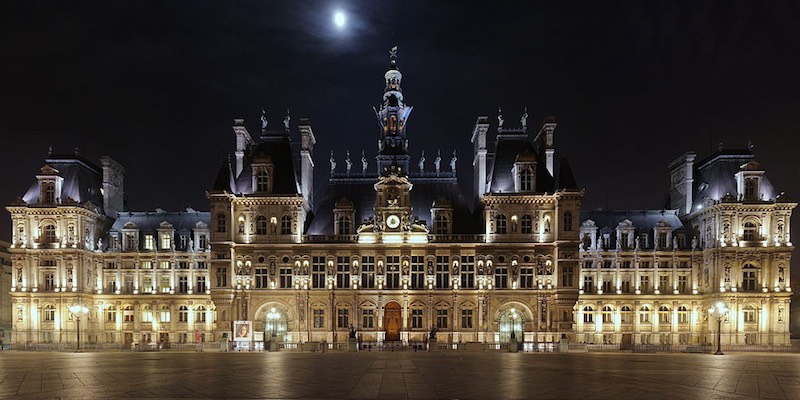 Hotel de Ville with its clock dead-center, Wikimedia, photo Wikimedia by Benh Lieu Song
Hotel de Ville with its clock dead-center, Wikimedia, photo Wikimedia by Benh Lieu Song
The magnificent building we now find on Place de l'Hôtel de Ville is actually a kind of idealized restoration of the 17th-century Paris city hall. The original Hotel de Ville was begun in 1533, with construction and expansion completed under Louis XIII in 1628. It was during this initial construction period that a clock was installed on the facade. Later, in the mid 19th century, the building was expanded and renovated.
The most traumatic event in the life of the Hotel de Ville occurred during a violent week in 1871, when, under the Paris Commune, a mob set the city fall on fire, gutting the building and destroying priceless archives and the historical library. Weighing a ton and a half, the clock miraculously survived the fire and destruction.
![]()
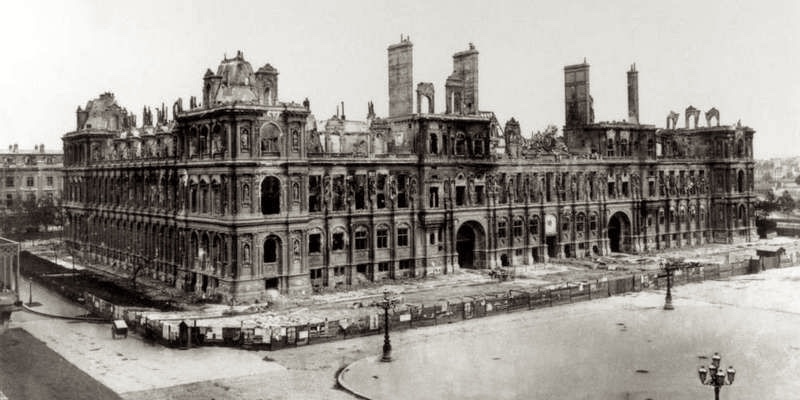 Burned-out shell of Hotel de Ville, 1871
Burned-out shell of Hotel de Ville, 1871
![]()
It took the best part of twenty years, but the Hotel de Ville was eventually restored, reconstructed inside the original shell. Today, the clock sits proudly as rebuilt in 1880, framed by two statues from sculptor Ernest Eugène Hiolle. (You can view other statues by Hiolle at Palais Garnier).
- Place de l'Hôtel de Ville
- 4th Arrondissement
![]()
|
Trade Paris bustle for royal grandeur on a guided Versailles tour. Skip the lines, wander the gardens, and peek inside Marie Antoinette’s private estate. History never looked this good. |
|
Trade Paris bustle for royal grandeur on a guided Versailles tour. Skip the lines, wander the gardens, and peek inside Marie Antoinette’s private estate. History never looked this good. |
3. Musée d'Orsay
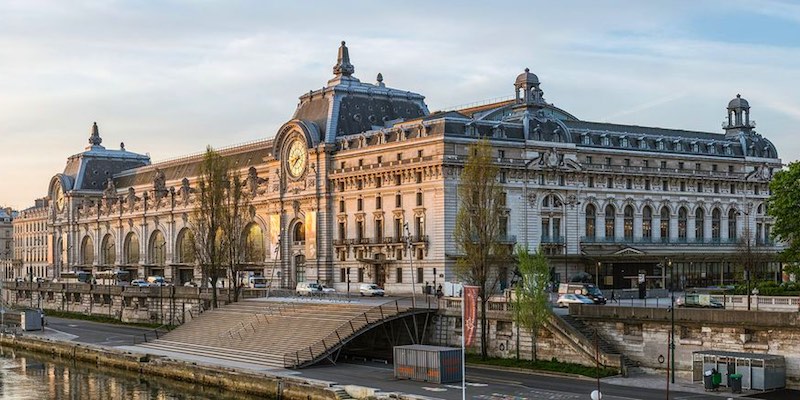 Musée d'Orsay and its dueling clocks, photo Wikimedia, by Daniel Vorndran
Musée d'Orsay and its dueling clocks, photo Wikimedia, by Daniel Vorndran
Possibly the most well-known architectural horloges in Paris (particularly from the back side) are the two iconic clocks that dominate the ends of the facade on the exterior of Musée d'Orsay — vestiges that remind us that, before it was a museum, Musée d'Orsay was a train station.
![]()
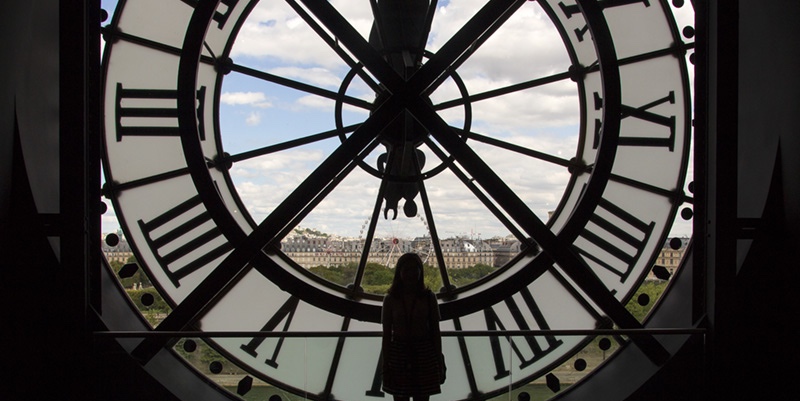 Musée d'Orsay clock from interior, photo by Mark Craft
Musée d'Orsay clock from interior, photo by Mark Craft
![]()
Inaugurated in time for the 1900 Paris Exposition Universelle and built to handle overflow train traffic arriving at Gare d'Austerlitz, the d'Orsay station was obsolete within only a few decades because it wasn't able to handle the longer trains that came into use. It took a further four or five decades before a permanent — and glorious — use was found for the building: housing the largest collection of Impressionist and Post-Impressionist paintings in the world.
![]()
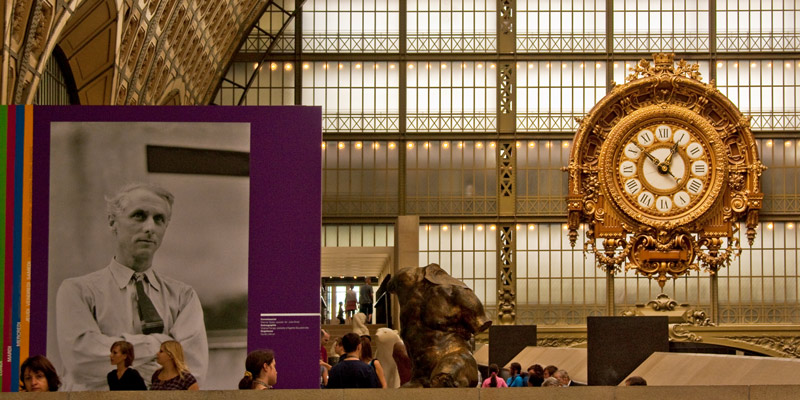 The main gallery at Musée d'Orsay, photo by Mark Craft
The main gallery at Musée d'Orsay, photo by Mark Craft
![]()
Come to think of it, there's another clock at d'Orsay that's an even better reminder of its railroading days — the ornate clock hanging high above the main gallery.
- Quai d'Orsay at Rue de la Legion d'Honneur
- 7th Arrondissement
![]()
|
From Paris to Provence, Burgundy to Bordeaux, find hotel deals with current sale prices. Save up to 20% in cities, villages, beach towns, and storybook countryside escapes. |
|
Discover today's sale prices on hotel rooms in every village & city in France. Save up to 20%. Find hotels in Paris, Burgundy, Provence, the Loire Valley, Normandy, and everywhere else! |
4. Gare de Lyon
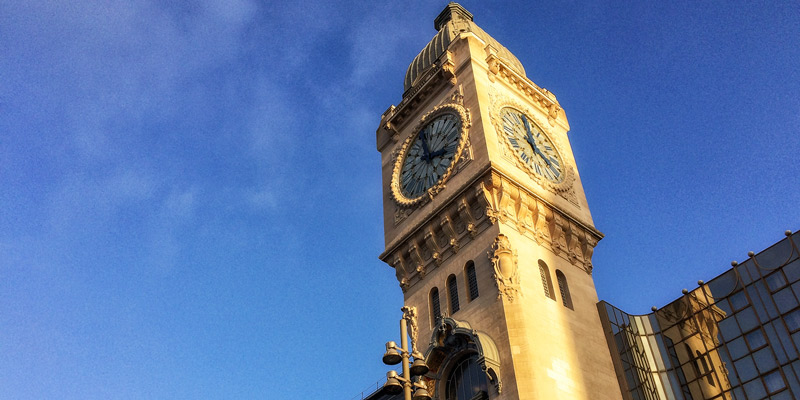 Gare de Lyon 4-sided clock tower, photo by Mark Craft
Gare de Lyon 4-sided clock tower, photo by Mark Craft
There has been a train terminus at this location in the 12th Arrondissement since 1847; in 1849 the station was opened to the public under the name Embarcadère de chemin de fer de Paris à Montereau for trains running between Paris and (you guessed it) Montereau. (We assume that means the now-named Montereau-Fault-Yonne, to the south.) This modest, wood-framed affair was not enough of a presence to be called a gare, but instead an embarcadère, something like "pier" or maybe "train stop". Certainly not important enough for a clock.
In anticipation of the number of visitors coming to Paris for the 1900 Paris Exposition Universelle a larger, thirteen-track station was built, to be named Gare de Lyon. The design included the very big clock tower we see today. You might see similarities in it to London's Big Ben, on which it is rumored to have modeled. With clocks on all four sides, the faces are adorned with hand-painted brass Roman numerals.
Gare de Lyon is where, in 1922, Hadley Hemingway lost a suitcase containing her husband's unpublished manuscripts, never to be recovered.
- Place Louis-Armand
- 12th Arrondissement
![]()
Delectable Food Tours in Paris
|
Discover the Food & Wine of the Marais |
Cheese & Wine Tasting in a Paris Cellar |
|
Cheese & Wine Tasting in a Paris Cellar |
5. Gare Saint-Lazare
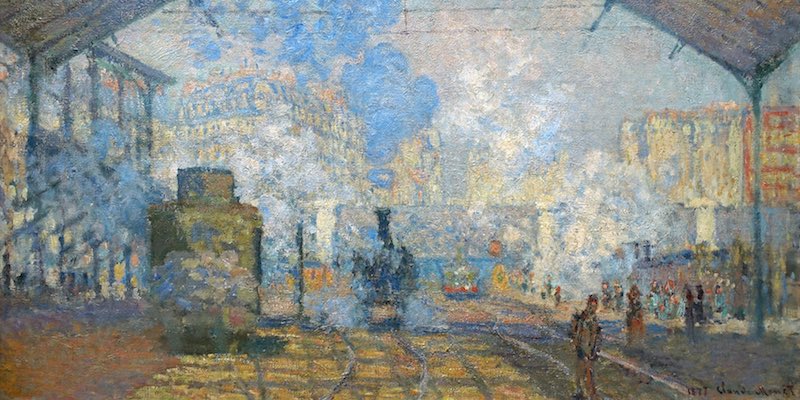 Gare Saint-Lazare as painted by Claude Monet
Gare Saint-Lazare as painted by Claude Monet
Another Paris train station, another clock. Or, in the case of Gare Saint-Lazare, two clock manifestations. Saint-Lazare holds the title of the oldest gare in all of France, going back to 1837. (Was that also the year we first visited Paris?) As with Gare de Lyon and most other Paris stations, it started as a passenger shed, something like a bus stop shelter. No grand clocks at that point.
Step by step Saint-Lazare evolved and grew. Taking over a decade to complete and opening in 1853, the station we see today would become a favorite subject of artists like Manet, Caillebotte and, of course, Monet.
![]()
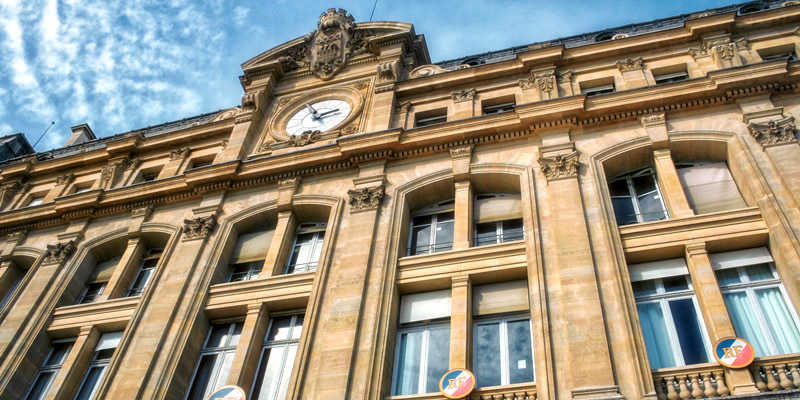 19th-century clock at Gare Saint-Lazare, photo by Mark Craft
19th-century clock at Gare Saint-Lazare, photo by Mark Craft
![]()
The first Saint-Lazare clock of interest to us here is located on the upper facade; a beautiful clock with a classical facade designed by the architect of the station, Alfred Armand (1805-1888). He was a very busy man, what with designing train stations across France as well as the Grand Hotel on Place de l'Opera. (Today the InterContinental Paris Le Grand.) By the way, Gare Saint-Lazare was declared an Historical Monument in 1984, meaning that its facades, roofs, entrance, and main concourse cannot be altered.
![]()
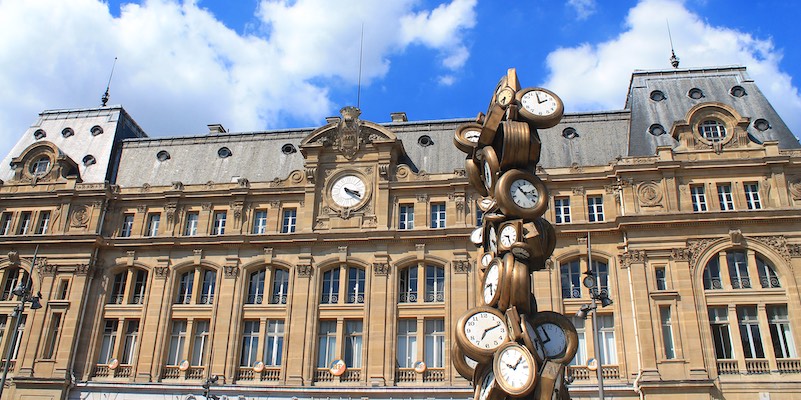 The clocks of Gare Saint-Lazare
The clocks of Gare Saint-Lazare
![]()
The second timepiece at Saint-Lazare is a jumble of clocks stacked on top of each other, created in 1985 by artist/sculptor Arman (1928-2005). (Whose name was a nice connection to station's architect.) Located on the forecourt of the station, the 15-foot tower, called L'Heure de Tous has the hands of the clocks pointing to different times to represent the idea that le temps qui file à toute vitesse — time flies at full speed. Or so we hear.
- 13 Rue d'Amsterdam
- 8th Arrondissement
![]()
Our Top-Rated Paris Experiences
6. Église Saint Paul Saint Louis
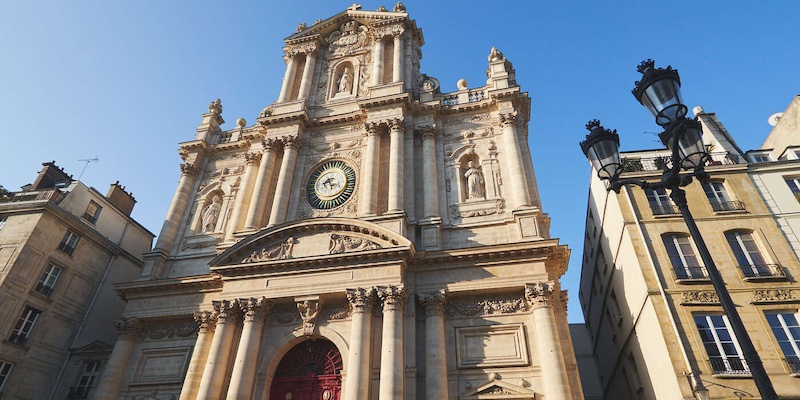 The restored facade and clock of Eglise Saint Paul Saint Louis, photo by Matthieu Olivier
The restored facade and clock of Eglise Saint Paul Saint Louis, photo by Matthieu Olivier
One thing all these clocks have in common is that they all have moving parts. In the case of Église Saint Paul Saint Louis, the clock itself also moved. The strikingly beautiful blue and gold clock with a white face practically shines in the center of the facade of this church near the Saint-Paul Metro station in the Marais, but the timepiece hasn't always been in this location.
The clock originally graced the front of another church, Église Saint-Paul-des-Champs, just around the corner at 32 Rue Saint-Paul. There had been a church of one sort or another on that site since the 7th century, with a large structure completed in 1430. The parish slipped into disuse over the years and the Saint Paul church was amalgamated with the Saint Louis church on Rue Saint Antoine (hence the current compound name of that church); the church building sold and demolished in 1797. (Today you can view a vestige of the tower of the demolished church at the corner of Rue Saint Paul and Rue Neuve Saint Paul in the Marais.)
The ornate clock was created in 1627 by a master watchmaker named Joseph Lory. In a nice bit of continuity, it was his grandson, Louis Lory, who (re)installed the clock at Église Saint Paul Saint Louis in 1806. In 2012 the age-darkened facade of this church was repaired, restored, and cleaned with the clock also receiving a refreshing facelift.
- 99 Rue Saint Antoine
- 4th Arrondissement
Paris Planning Guides
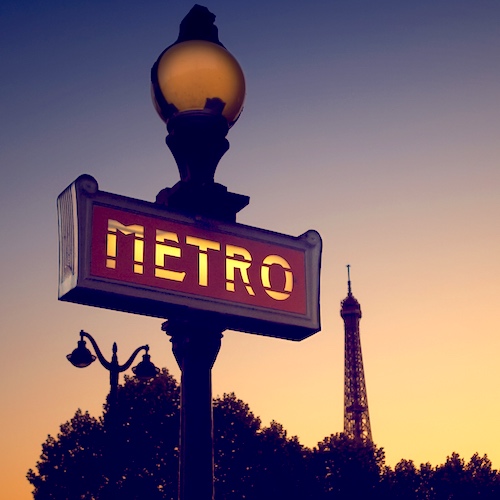 Getting Around
Getting Around |
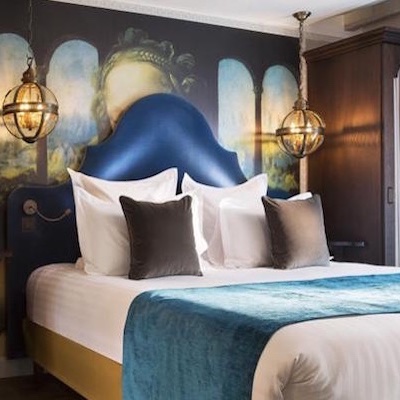 Left Bank Hotels
Left Bank Hotels |
 VIP to Champagne
VIP to Champagne |
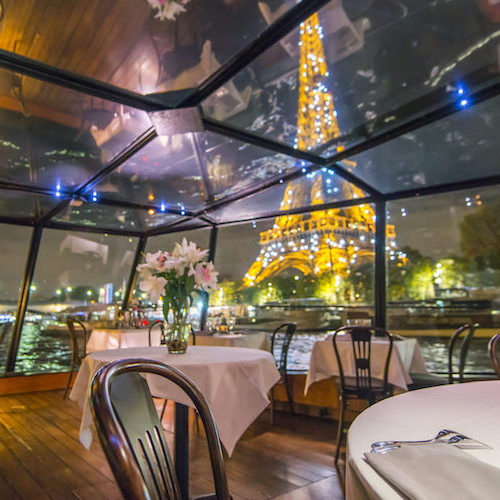 Glorious Dinner Cruises
Glorious Dinner Cruises |



